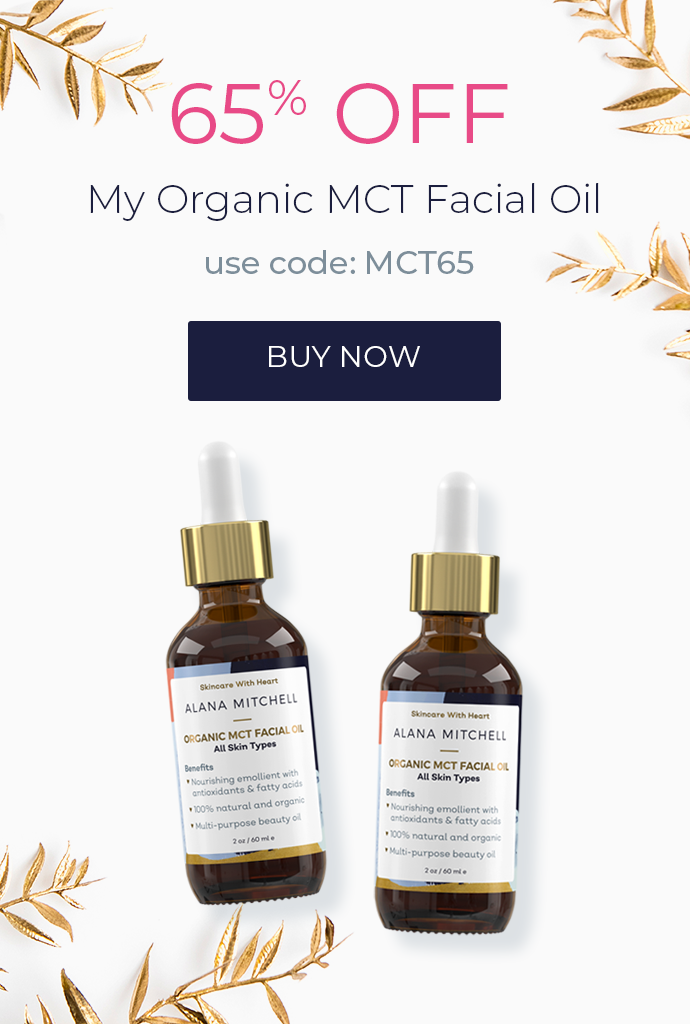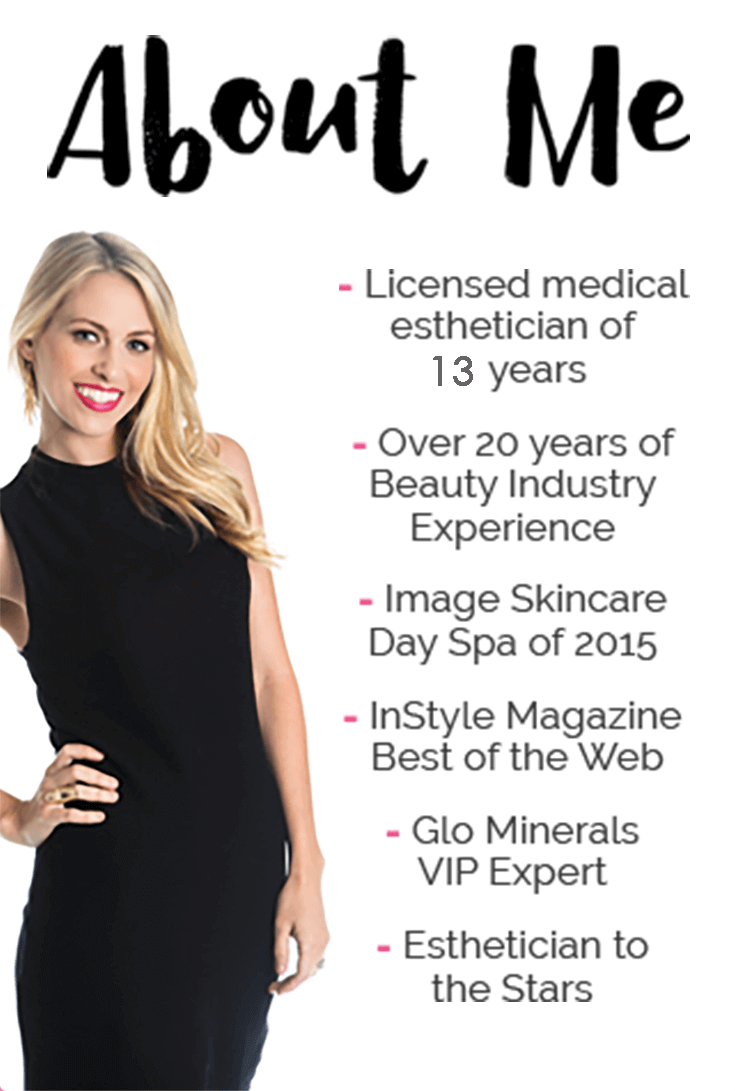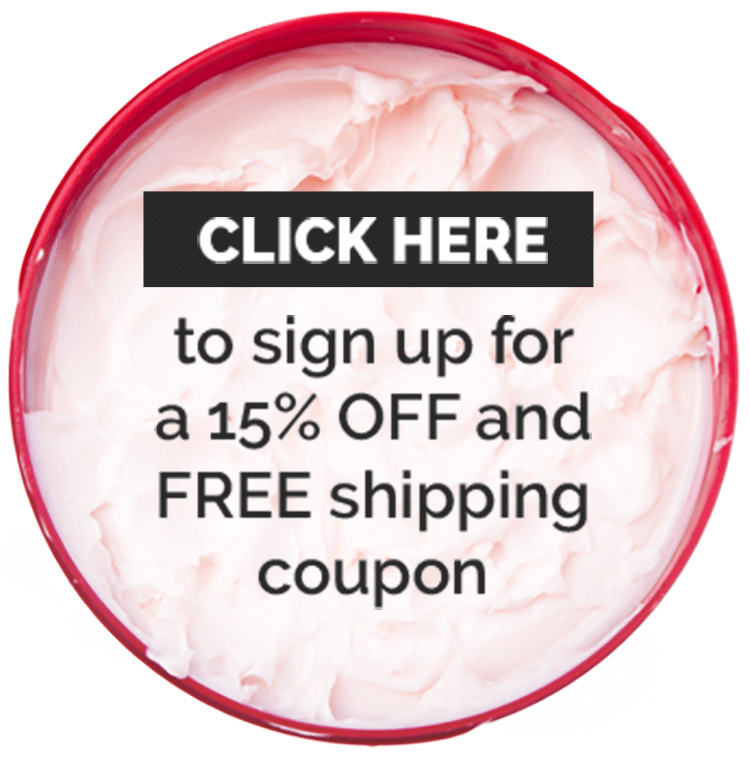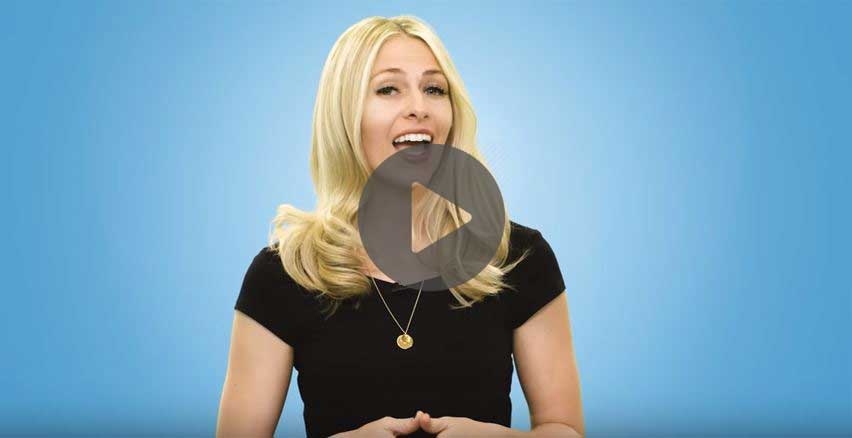What Should You Be Using In Your Skin Care Routine?
Take my quiz and get personalized recommendations from a
licensed esthetician!
Hot Topic: What is Cupping Therapy & Does it Actually Work?
The internet blew up this week when Olympic swimmer, Michael Phelps was seen sporting circular bruises at the 2016 Summer Olympics in Rio.
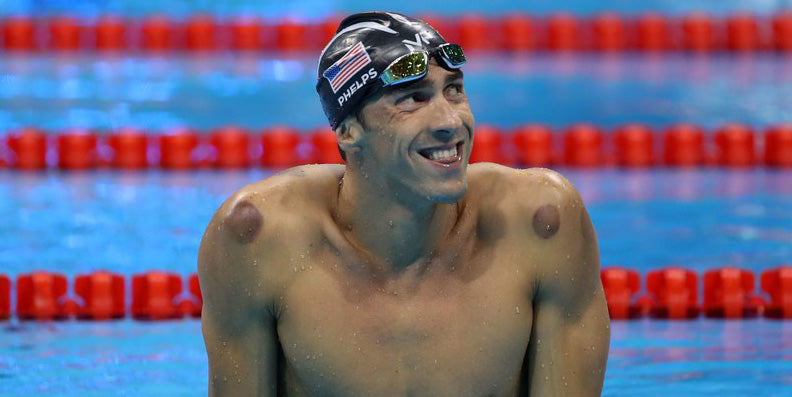
The spots are from a popular physical therapy called cupping. Celebrities, including Jennifer Aniston and Gwyneth Paltrow, have been spotted (hee hee) with the round telltale marks, and massage and physical therapy offices often offer it as a service. You can even find discounts for cupping sessions on Groupon!
Cupping found love amongst athletes, including Phelps, for its alleged ability to loosen up tight muscles. The swimmer even Instagrammed a pic of himself having the treatment done.
 But not many people know what cupping does, or they’ve been scared off by the fact that it can leave you looking like you survived a battle with a giant octopus.
But not many people know what cupping does, or they’ve been scared off by the fact that it can leave you looking like you survived a battle with a giant octopus.
Today, we’re going to get to the bottom of this mysterious treatment and find out just what it is and if those scary-looking spots can have any effect on your skin.
What the heck is cupping, and how does it work?
Cupping isn’t a new fad. In fact, it has been practiced for thousands of years throughout Asia and the Middle East, and was initially used to treat wounds and aid in surgery until it was eventually discovered to have possible healing and therapeutic properties.
The cupping process involves attaching a series of small glass or plastic cups to the skin, usually on the patient’s back. The most popular method of “fire cupping” uses heat to create a vacuum of suction that pulls the skin up into the cup (like if you stuck the hose of your vacuum to your skin).
 In this method, a practitioner might heat cups by burning a small piece of cotton in the glass, quickly removing it, and placing the cup on the patient’s skin. The lack of oxygen creates suction. They may also heat the cups using a special torch or hot water. Though fire cupping isn’t generally risky, there have been reported cases of people suffering burns from this procedure, so use caution (and, do yourself a favor and do not Google image search cupping burns. Trust me. You’re welcome).
In this method, a practitioner might heat cups by burning a small piece of cotton in the glass, quickly removing it, and placing the cup on the patient’s skin. The lack of oxygen creates suction. They may also heat the cups using a special torch or hot water. Though fire cupping isn’t generally risky, there have been reported cases of people suffering burns from this procedure, so use caution (and, do yourself a favor and do not Google image search cupping burns. Trust me. You’re welcome).
“Air cupping” is also very common and involves the practitioner using a small pump that attaches to the cup to create gentle suction.
The cups are then left on for 5 to 15 minutes, this is called “fixed cupping”. There’s also “moving cupping” in which massage oil is used to move the cups around on the patient’s skin.
The leftover dark spots are the result of broken capillaries under the skin’s surface causing blood to pool and form a lovely round bruise from the suction. Fun fact: this is the same way hickies are made! The bruises don’t hurt and usually disappear within a few days after treatment.
 This process is believed to accomplish a few things:
This process is believed to accomplish a few things:
- Stimulates blood flow which promotes healing
- Draws out toxins
- Breaks up the stagnation of Qi - or life energy - and creates flow
In Western therapy, cupping is used mainly to treat aching muscles as it is believed that drawing blood flow to the site helps to relieve pain and loosen tension. In China, it’s still extremely popular and commonly practiced in mainstream medicine today.
But, does it actually work?
The short answer is yes and no, depending on who you talk to. Practitioners claim cupping helps alleviate everything from asthma to indigestion and cellulite to the common cold.
A review of 135 cupping studies published by the Public Library of Science One in 2012 looked at the effects of cupping on patients with herpes zoster (aka shingles), facial paralysis, acne, cough and lumbar problems. The study found cupping may have been effective for these conditions, but only when combined with other treatments like acupuncture.
 Although a lot of the research about cupping is inconclusive, some people still swear by it. However, many experts such as Edzard Ernst, professor of complementary therapy and author of Trick or Treatment? Alternative Medicine on Trial, believe the process of cupping likely creates an “above-average placebo response” causing patients to believe it’s more effective than it actually is.
Although a lot of the research about cupping is inconclusive, some people still swear by it. However, many experts such as Edzard Ernst, professor of complementary therapy and author of Trick or Treatment? Alternative Medicine on Trial, believe the process of cupping likely creates an “above-average placebo response” causing patients to believe it’s more effective than it actually is.
Whether or not cupping offers relief, most experts agree that it is not sufficient to replace general medicine in the treatment of diseases and health conditions. When in doubt, always talk to your doc!
Does Cupping Affect Your Skin?
Professionals agree that dry cupping is generally safe aside from some bruising and possible swelling (and the aforementioned burn risk).
 There’s also an unpleasant-looking version called “wet cupping” which involves piercing the skin before the cup is applied so that blood can flow to the surface. It is generally acknowledged that this version of cupping exposes you to a greater risk of infection and should be avoided.
There’s also an unpleasant-looking version called “wet cupping” which involves piercing the skin before the cup is applied so that blood can flow to the surface. It is generally acknowledged that this version of cupping exposes you to a greater risk of infection and should be avoided.
There’s even a service of facial cupping being offered now. The process is gentler, using small glass tubes that provide light suction to different areas of the face with claims that it reduces puffiness by draining fluid, diminishes wrinkles by plumping skin, eases muscle tension and gives you a youthful glow by improving blood flow to the face.
I don’t personally recommend this avenue for skin treatment. I can’t confirm that facial cupping will give you the desired results, but I know of a few time-tested products that will!
This amazing little gadget tones and firms facial skin using gentle microcurrents to stimulate blood flow. It’s a like a glorious face massage that leaves you looking revitalized and youthful! And, it won The Best At-Home Anti-Aging Device in the 2015 New Beauty Awards!
 Alana Mitchell Hyaluronic Moisture Boost Serum
Alana Mitchell Hyaluronic Moisture Boost Serum
If you’re looking to fight fine lines, then you’ll be just as excited about my serum as I am! I formulated it with all skin types in mind. It uses the mighty power ofhyaluronic acid - a humectant which binds moisture to skin - to plump skin and reduce the appearance of fine lines and wrinkles. This awesome formula promotes moisture by boosting skin’s hydration by 10x!
 Rhonda Allison Peptide 3 in 1 Eye Cream
Rhonda Allison Peptide 3 in 1 Eye Cream
To reduce puffiness, go with this incredible eye cream. This lightweight, nutrient-rich formula moisturizes and nourishes delicate skin around the eyes. It also fights crow’s feet and dark circles, and brings an age-defying brightness to dull and tired eyes.
 Epicuren Herbal Liniment Rub Massage Oil
Epicuren Herbal Liniment Rub Massage Oil
Tight and achy muscles are nobody’s favorite. Get loosy goosy with this soothing herbal massage oil. It helps reduce inflammation and increase circulation to relieve tired muscles so you can get a luxurious spa experience right at home!
Final Thoughts
While cupping isn’t necessarily a new idea, there’s no stone cold proof that it is an effective treatment, so it really comes down to preference. No matter what, it’s definitely not a replacement for treating serious medical conditions, and certainly shouldn’t take the place of your skincare routine!
Have you been brave enough to try cupping? Share your experience with us in the comments section!
Top Brands
New Brands
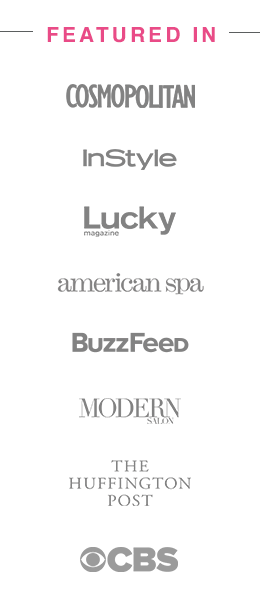
Recent Posts
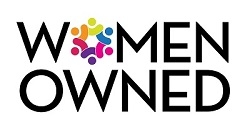
Are You Taking the Right Steps to Care for Your Skin?
Take the Quiz
Skincare Secrets!
10-step guide for healthy, beautiful skin after kids.
100% privacy. I will never spam you!

 NuFACE Trinity
NuFACE Trinity
